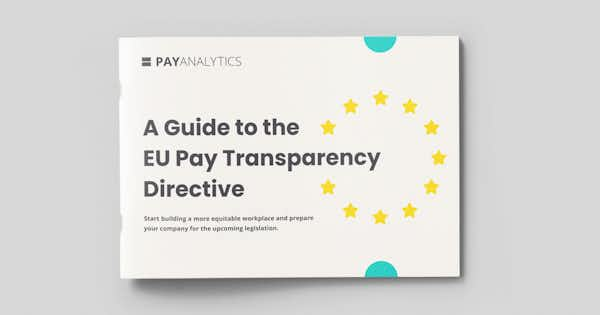Guida alla certificazione della parità di genere in Italia | Scarica il nostro e-book gratuito

What happens in organizations when pay becomes more transparent?
Pay transparency has been regarded as an essential device to address and close pay gaps resulting from demographics, such as gender and race. New legislation, worldwide, aimed to address the gender pay gap - has in common an emphasis on more transparency in pay and pay decisions.
The more open employers are about sharing pay and the basis for the pay decisions, the easier it is for the employees to compare their salaries against their colleagues.
The argument is that when pay inequalities become more publicized, it is harder for employers to ignore them or maintain the practices that lead to them.
New research published in Nature Human Behavior last month reports on the systemic consequences of pay transparency on pay equity and the effect on performance. The researchers used data on pay and productivity of close to 100,000 US academics over two decades from universities in the United States.
The research revealed that increased pay transparency led to a significant reduction in the gender pay gap. Increased transparency explained up to 50% of the decline in the gender pay gaps in some institutions.
Making the salary information more public also led to a decrease in pay inequality across departments within universities.
Measures of increasing pay transparency had a rapid effect on pay. The employees that seem to be the most unfairly paid, based on performance and rank, got the most significant increases.
But increased pay transparency also seemed to reduce the link between pay and performance measures. For example, following increased transparency, academics' pay became less related to standard performance metrics such as published articles, books, and grants.
The results show that pay transparency has sizable and significant effects on pay decisions and the pay structure of the organizations. Increased pay transparency works to reduce inequity.
In March 2021, the EU proposed a directive on Pay Transparency where it recognizes lack of transparency as one of the primary blocks to achieving equal pay. The directive will establish pay transparency standards to make it easier for workers to claim their right to equal pay.
More resources
The recently publish article in Nature Human Behavior: The influence of pay transparency on (gender) inequity, inequality and the performance basis of pay
One of the authors of the article, Todd Zinger on Twitter





